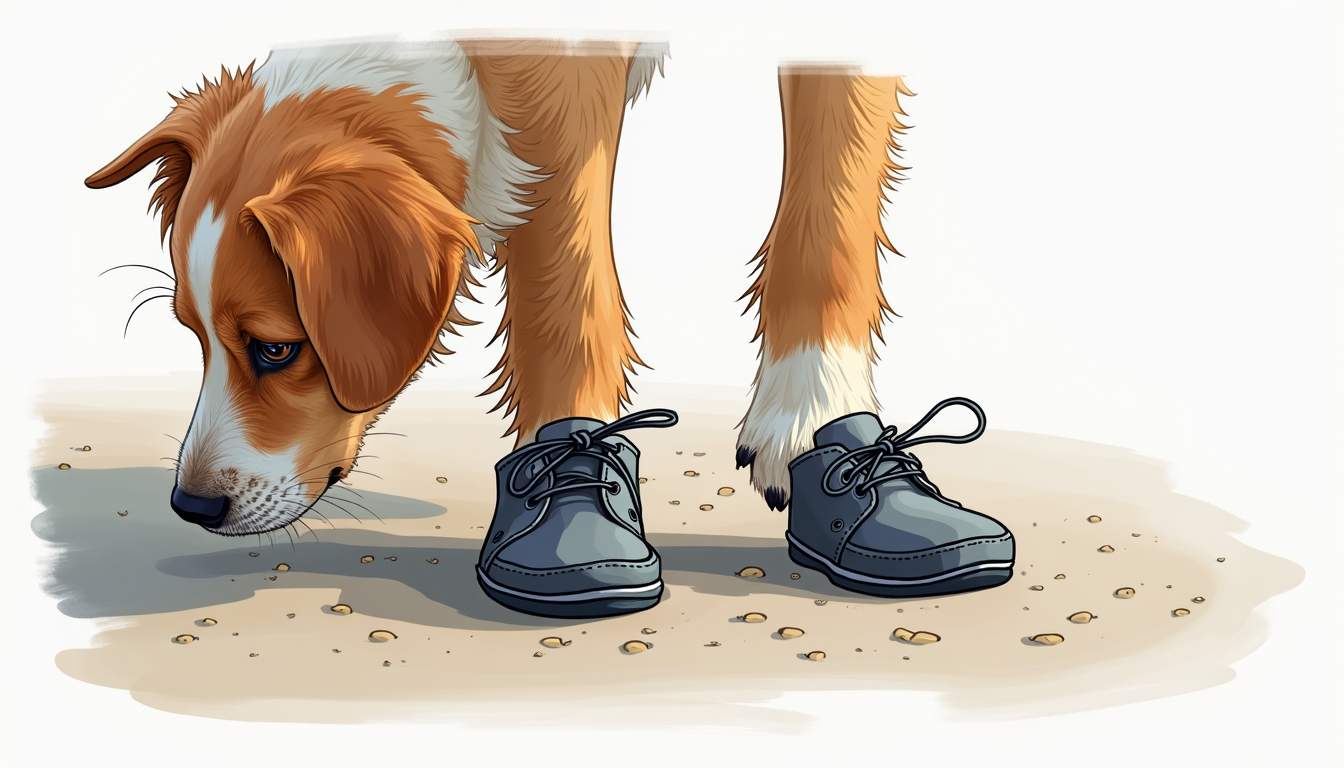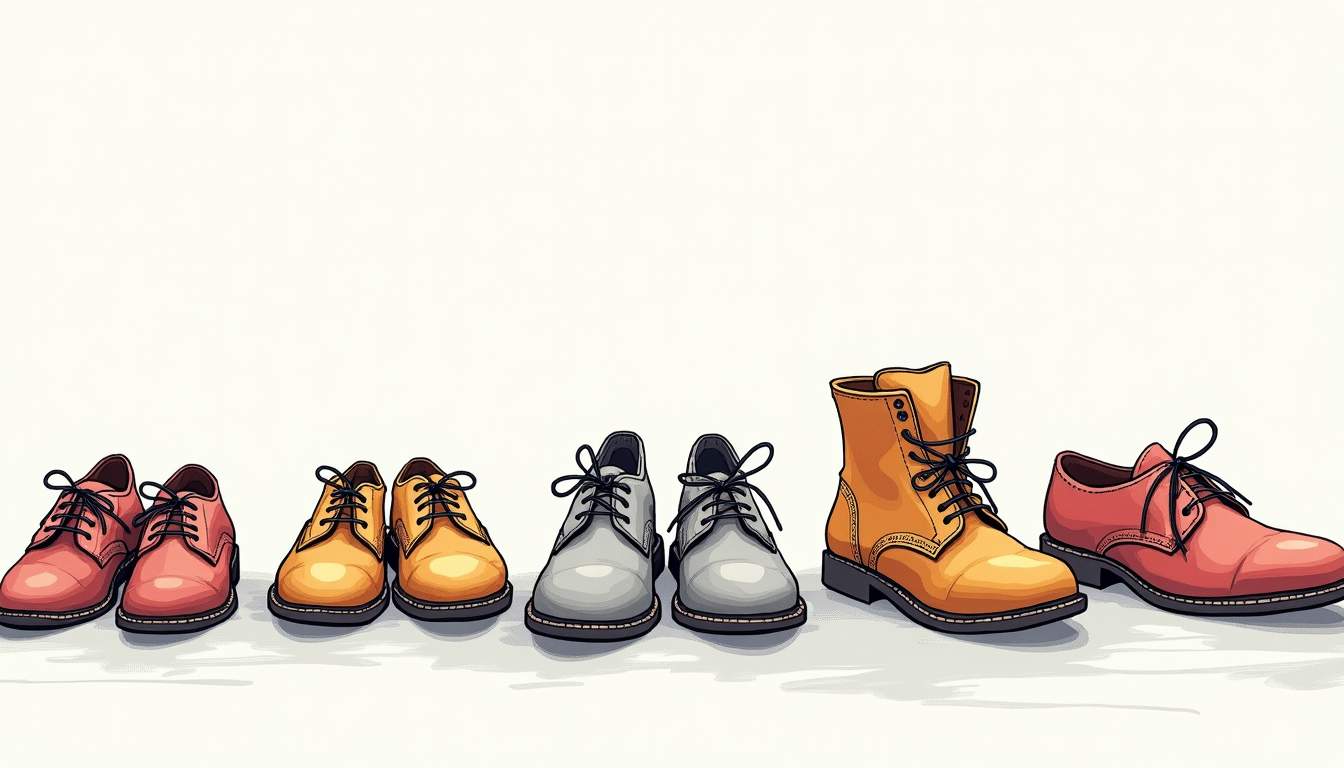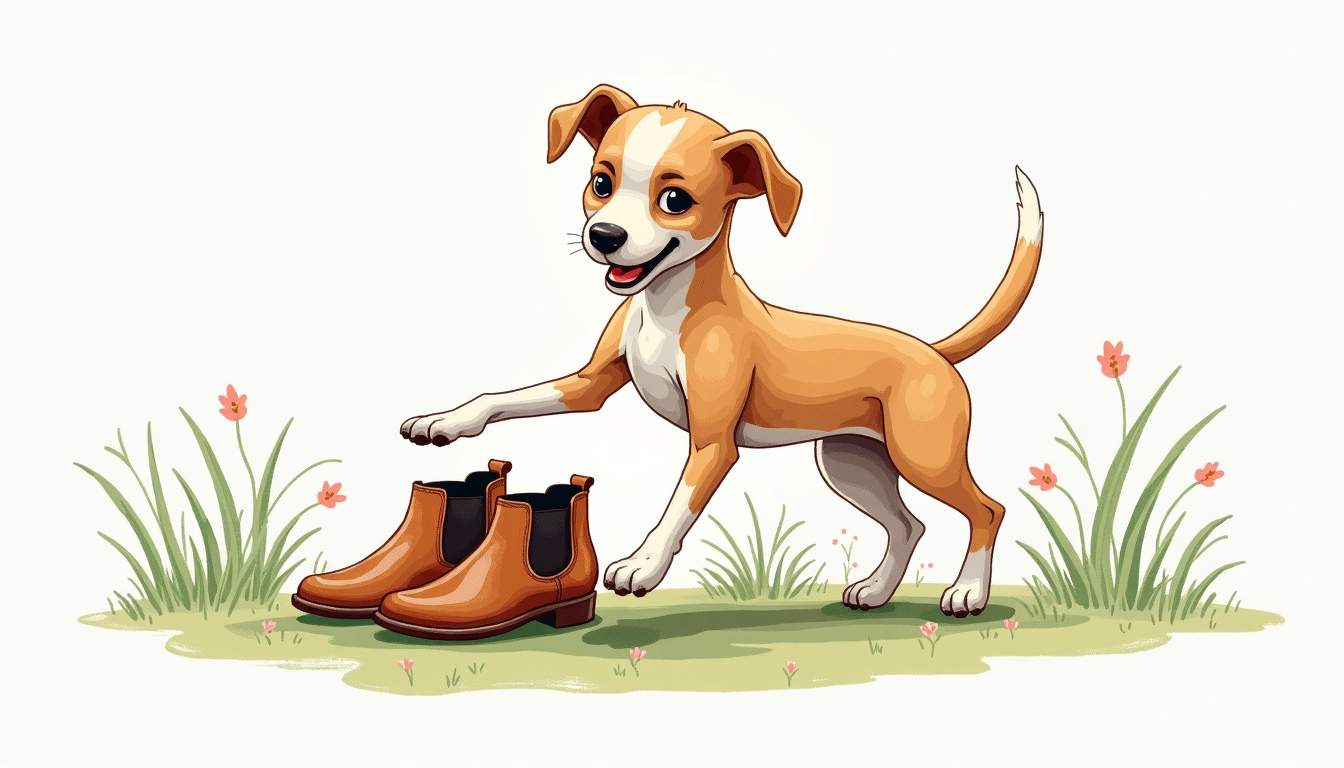Imagine stepping outside on a scorching summer day, the pavement so hot it burns your feet the moment you touch it. Now, think about your dog walking on that same surface. Their paws are far more sensitive than human skin, and without protection, they can suffer burns, cuts, or irritation. Dog shoes aren’t just a quirky fashion statement-they’re a practical solution to keep your furry friend safe and comfortable while adding a splash of style.
Why Your Dog Needs Shoes
Protection from Harsh Surfaces
Concrete, asphalt, gravel, and even snow can wreak havoc on a dog’s paws. Hot pavements in summer can cause painful burns, while rough terrain might lead to cuts or abrasions. In winter, ice and salt can dry out and crack paw pads, making walks uncomfortable or even harmful. Dog shoes act as a barrier, shielding paws from these dangers and allowing your dog to explore freely without injury. Additionally, certain breeds with softer pads, such as Greyhounds or Whippets, are particularly vulnerable to these harsh conditions. By equipping them with protective footwear, you not only safeguard their paws but also encourage them to engage in outdoor activities without hesitation, ensuring they enjoy their adventures to the fullest.

Allergy and Irritant Prevention
Some dogs have sensitive skin or allergies that make their paws prone to irritation. Pollen, chemicals, fertilizers, or de-icing salts can cause redness, itching, or swelling. Wearing shoes prevents direct contact with these irritants, reducing discomfort and the risk of infection. For dogs with existing paw problems, shoes can be a crucial part of their care routine. Moreover, dog shoes can be particularly beneficial during allergy season when pollen levels are high. By keeping their paws protected, you can help minimize the chances of them bringing allergens into your home, which can also alleviate symptoms for allergy-prone humans in the household.
Improved Traction and Stability
Older dogs or those with mobility issues often struggle on slippery floors. Dog shoes with non-slip soles provide better grip, helping prevent slips and falls. This added stability can boost confidence during walks or indoor movement, enhancing overall quality of life. Furthermore, for active dogs that love to run and play, shoes designed for rugged terrains can enhance their performance by providing extra traction on various surfaces. Whether it’s a hike through the woods or a romp on the beach, the right footwear can help prevent injuries and allow your furry friend to enjoy their time outdoors with less risk of slipping or stumbling. To explore the best options, visit Supreme Dog Garage.
Choosing the Right Dog Shoes
Material Matters
Dog shoes come in various materials, each suited to different needs. Waterproof neoprene or rubber shoes are ideal for wet conditions, keeping paws dry and clean. Breathable mesh shoes work well in warmer weather, allowing airflow to prevent overheating. Leather shoes provide durability and protection, but may not be the best choice for wet environments. Consider your dog’s typical activities and the climate when selecting materials. Additionally, some shoes are designed with reflective materials for added visibility during nighttime walks, which can be a crucial safety feature for both you and your furry friend. Always assess the specific environment your dog will be in; for instance, if you frequently hike in rocky areas, look for shoes with reinforced toe caps for extra protection against sharp stones.

Fit and Comfort
Proper fit is essential. Shoes that are too tight can cause discomfort or restrict circulation, while loose shoes might slip off or cause chafing. Measure your dog’s paws carefully, including width and length, and check sizing charts provided by manufacturers. Look for adjustable straps or elastic closures that ensure a snug, secure fit without being overly tight. It’s also worth considering the type of socks your dog may need to wear with the shoes, as some dogs may benefit from additional padding or moisture-wicking materials to enhance comfort. Moreover, introducing your dog to their new shoes gradually can help them adjust, as some dogs may initially be hesitant to wear them. Taking short walks or allowing them to wear the shoes indoors can ease the transition.
Durability and Traction
Durable soles are a must, especially for active dogs or those frequently walking on rough terrain. Rubber soles with textured patterns offer excellent traction and longevity. Avoid shoes with thin or smooth soles that wear out quickly or fail to provide grip. If your dog is highly active, investing in high-quality, rugged shoes will save money and hassle in the long run. Additionally, consider shoes with reinforced stitching and high-quality materials that can withstand the wear and tear of daily adventures. Some brands even offer shoes with specialized tread patterns designed for specific activities, such as hiking or running, ensuring your dog has the best grip possible on various surfaces. Regularly inspecting the condition of your dog’s shoes will also help maintain their effectiveness and keep your pup safe during their outdoor escapades.
Training Your Dog to Wear Shoes
Start Slow and Positive
Most dogs aren’t born loving the feel of shoes on their paws. Introducing them gradually is key. Begin by letting your dog sniff and explore the shoes. Reward calm behavior with treats and praise. Next, try putting the shoes on for just a few minutes at a time indoors, gradually increasing the duration as your dog becomes more comfortable.

Encourage Movement
Once the shoes are on, encourage your dog to walk around inside. Use toys or treats to motivate movement. Some dogs may initially try to shake the shoes off or walk awkwardly, but patience and positive reinforcement help them adjust. Avoid forcing your dog to wear shoes for long periods right away, as this can create negative associations.
Regular Checks and Adjustments
Keep an eye on your dog’s paws and the fit of the shoes during walks. Check for signs of rubbing, redness, or discomfort. Adjust straps if needed, and remove the shoes if your dog shows persistent distress. Over time, most dogs adapt well and may even come to enjoy the added comfort and protection.
Stylish Options for Every Pup
Colors and Patterns
Dog shoes no longer have to be plain and boring. Manufacturers offer a wide range of colors and patterns, from bright neon hues to subtle earth tones. Floral prints, camouflage, or even shoes that glow in the dark are available for those who want their dog to stand out during evening walks. Matching shoes with collars or harnesses can create a coordinated, fashionable look.
Seasonal Styles
Winter boots with faux fur lining keep paws warm and cozy, while lightweight summer shoes focus on breathability and cooling. Some shoes come with reflective strips for added safety during low-light conditions. Seasonal designs not only serve functional purposes but also let your dog sport the latest trends all year round.
Custom and Personalized Shoes
For those seeking something truly unique, custom dog shoes are an option. Some companies offer personalization with your dog’s name, initials, or custom artwork. This level of customization adds a personal touch and makes the shoes a special accessory that reflects your dog’s personality.
When to Use Dog Shoes
Daily Walks and Outdoor Adventures
If you live in an area with extreme weather conditions or rough terrain, dog shoes can be a daily necessity. Hiking, trail running, or beach visits often expose paws to hazards like sharp rocks, hot sand, or saltwater. Shoes protect your dog’s feet so they can enjoy these activities safely.
Medical Recovery and Injury Prevention
Dogs recovering from paw injuries or surgeries benefit from wearing shoes to keep wounds clean and protected. Shoes also prevent licking or biting at sensitive areas. For dogs prone to paw infections or allergies, shoes act as a preventative measure, reducing flare-ups and promoting healing.
Indoor Use for Slippery Floors
Even inside the house, shoes can be helpful. Hardwood, tile, or laminate floors can be slippery for dogs, especially seniors or those with joint problems. Shoes with non-slip soles improve traction and reduce the risk of falls, making daily life safer and more comfortable.
Maintenance and Care for Dog Shoes
Cleaning Tips
Regular cleaning extends the life of dog shoes and keeps them hygienic. Most fabric and rubber shoes can be hand washed with mild soap and water. Avoid harsh detergents or bleach, which can damage materials. Some shoes are machine washable-check the manufacturer’s instructions before tossing them in the laundry.
Drying and Storage
After washing or exposure to wet conditions, dry shoes thoroughly to prevent mold and odors. Air drying in a well-ventilated area is best. Avoid direct heat sources like radiators or sunlight, which can warp or fade materials. Store shoes in a cool, dry place when not in use to maintain their shape and durability.
When to Replace Dog Shoes
Inspect shoes regularly for signs of wear such as thinning soles, torn fabric, or broken straps. Worn-out shoes lose effectiveness and can even cause discomfort or injury. Replace them promptly to ensure your dog’s paws remain protected. Investing in quality shoes upfront often means fewer replacements over time.
Final Thoughts
Dog shoes are more than just a trendy accessory-they’re a smart investment in your dog’s health and happiness. From protecting sensitive paws against harsh surfaces and weather extremes to providing traction and support, these little shoes make a big difference. With so many styles and materials available, finding the perfect pair that fits well and suits your dog’s lifestyle is easier than ever.
Whether you’re a weekend hiker, city dweller, or simply want to pamper your pooch, dog shoes combine practicality with style. They help your dog explore the world comfortably and safely, while turning heads along the way. If you haven’t considered dog shoes before, now might be the perfect time to give your furry friend’s paws the care they deserve.